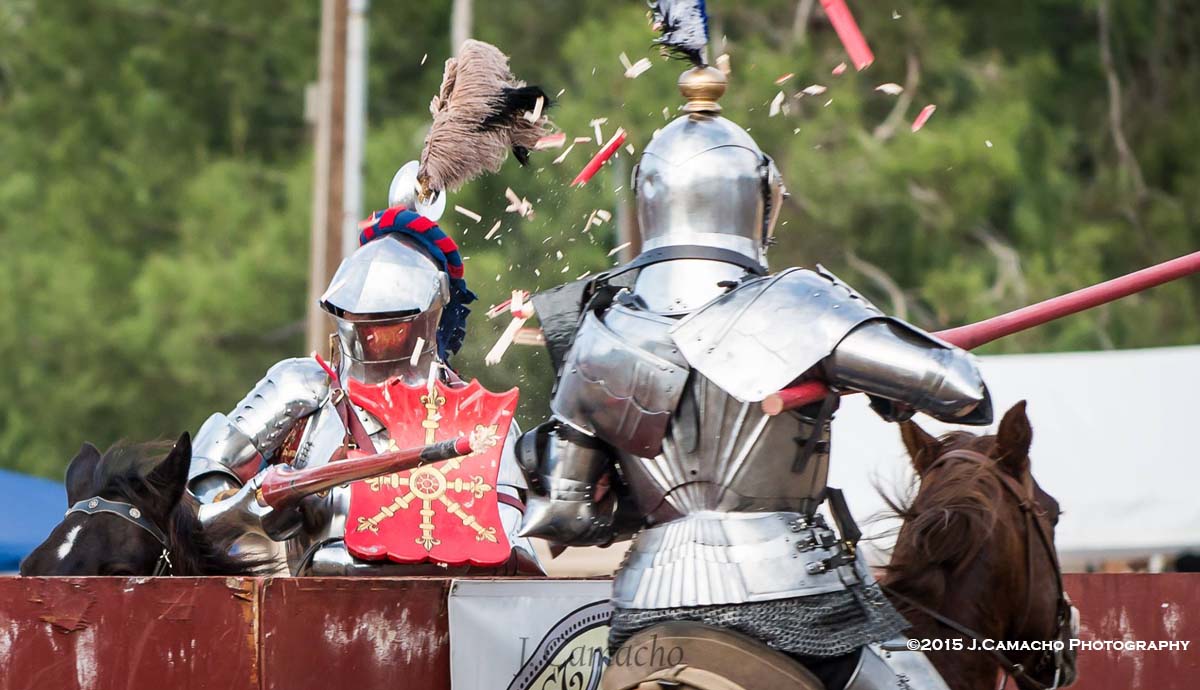
Prior to the 15th century, jousters met in an open field and could pass on the right or the left side. Riders and horses were prone to severe injury in the event of a collision. In 1429, at a joust in Arras, France, a rope was hung with cloth to separate the contestants. It was called the tilt or toile. It is likely that the tilt barrier originated in Italy as early jousts with a barrier were referred to as the Italian Course. It did not reach England until the 1430s. Eventually, the cloth barrier evolved into a sturdy wooden wall. Prior to the 15th century, jousters met in an ...
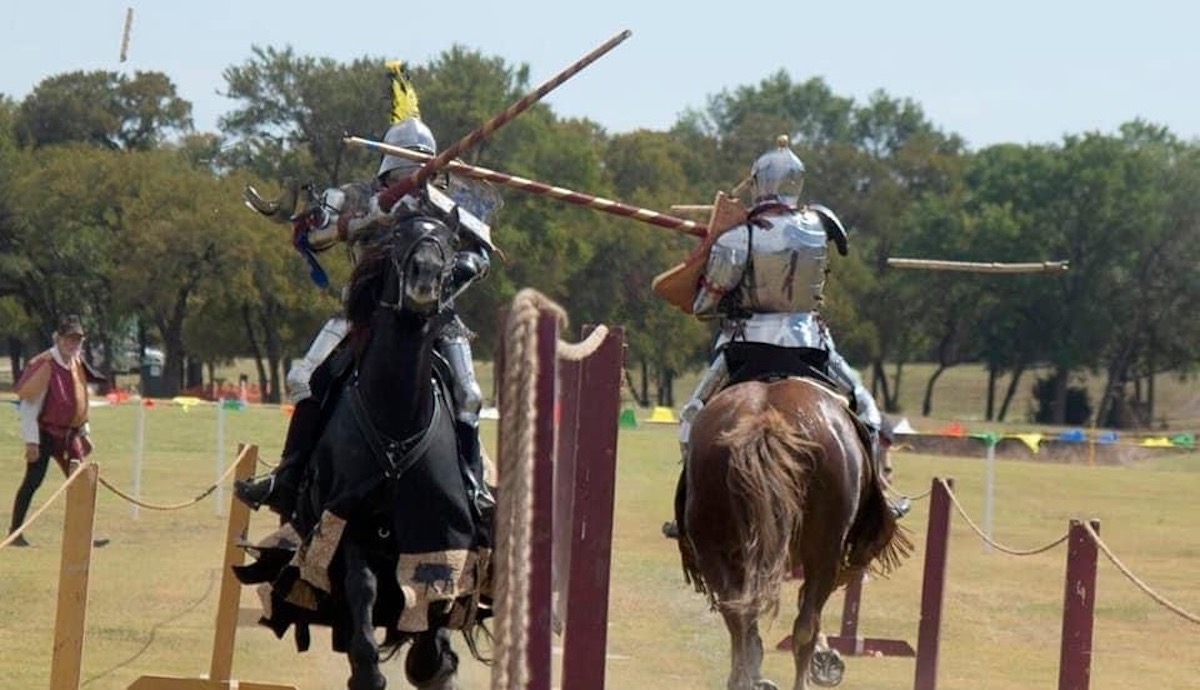
I was invited by Steve Hemphill to join the a'Plaisance, Ltd., team in a jousting demonstration at the 19th annual PumpkinFest held on Saturday, Oct. 15 from noon to 5 p.m. at Paschall Park, 1001 New Market Road in Mesquite, Texas. It is a family-friendly event that features a community stage with performances, kids’ activity area, Birds of Prey shows, vendor booths, contests, carnival food, trick-or-treating, and, best of all, the public jousting demonstration. The demonstration opened with a friendly skills at arms competition in full armour. Each rider took a turn ...
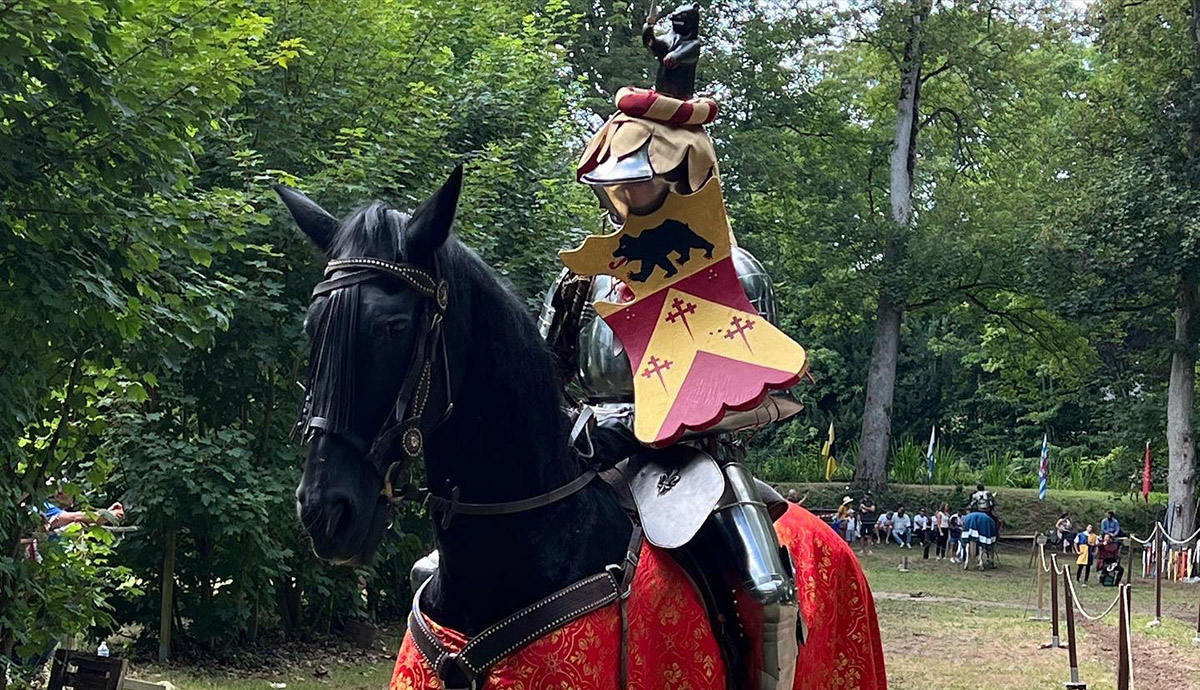
In July 2022, I joined a team of American jousters in an international tournament at the Château de Sainte Croix Grand Tonne, a 14th-century chateau in the basse-Normandie region of France. The American team was comprised of Steve Hemphill, Galen Bevel, and Robert Odekirk, all of Texas, and Jonathan Garrigues of Washington. The French tenons were Xavier de Gonneville (Xavier Fauvel), Perceval de Galles (Jean-Pierre Duprat), Phillipe de Sainte-Sauveur (Phillipe Van Den Broeck), Hervé du Portuais (Hervé Badouard), and Jérôme de Marylou ...
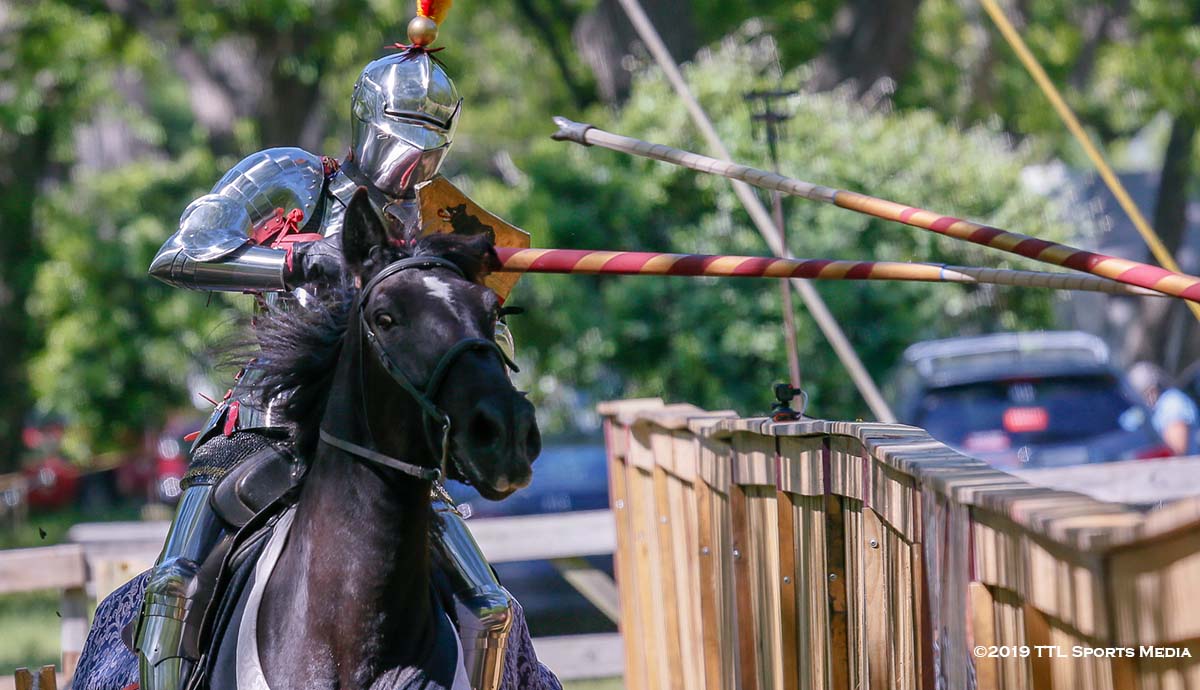
I was invited by Steve Hemphill to participate in Lysts on the Lake 2019 located in the "Village of Castleton" on the beautiful shores of Lake Austin. Produced by a'Plaisance, Ltd., Lysts on the Lake is billed as the largest competitive jousting tournament in the world, hosting more than a dozen competitors each year. The "Lone Star Open Joust" is also one of the few events open to any equestrian who meet the qualifications. The tournament consists of three mounted events: le Chasse, or "the hunt"; Melée a'Cheval, or "combat on horse"; and Joust a'Plaisance, or ...

What kind of armour would an English man-at-arms have worn about the time of the first battle of St. Albans in 1455? While question may sound simple and straight forward, the answer took more than 3 years to fully realize. The greatest obstacle was the fact that almost no armour of verifiably English manufacture has survived from the fifteenth century. Who better to ask than the foremost experts on the subject: Dr. Tobias Capwell, curator of arms and armour at the Wallace Collection? Dr. Capwell has spent years studying ...
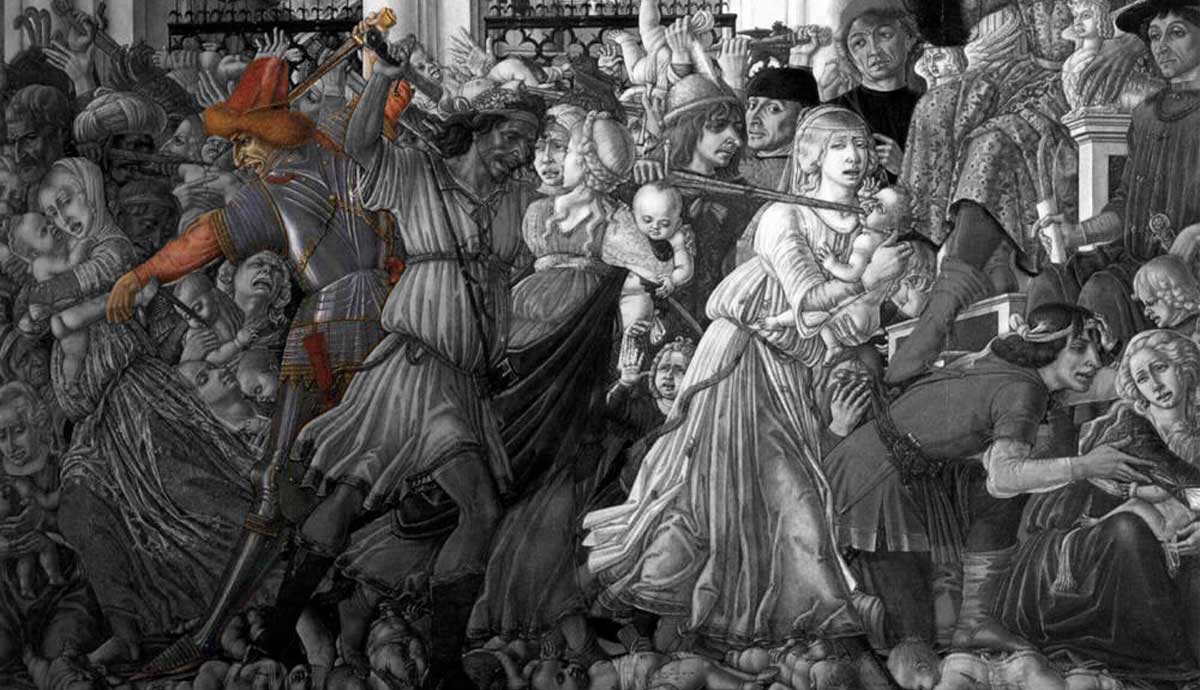
Dirk H. Breiding of the Department of Arms and Armor at the Metropolitan Museum of Art expertly explains in the space of a few brief paragraphs the national and regional armor styles in his essay Fashion in European Armor, 1400-1500. The following excerpts are taken from article: At the beginning of this period, by about 1420, the development of full plate armor--a defense enclosing almost the entire body with a system of steel plates articulated by rivets and leather straps--was complete. Regional and national fashions ...
